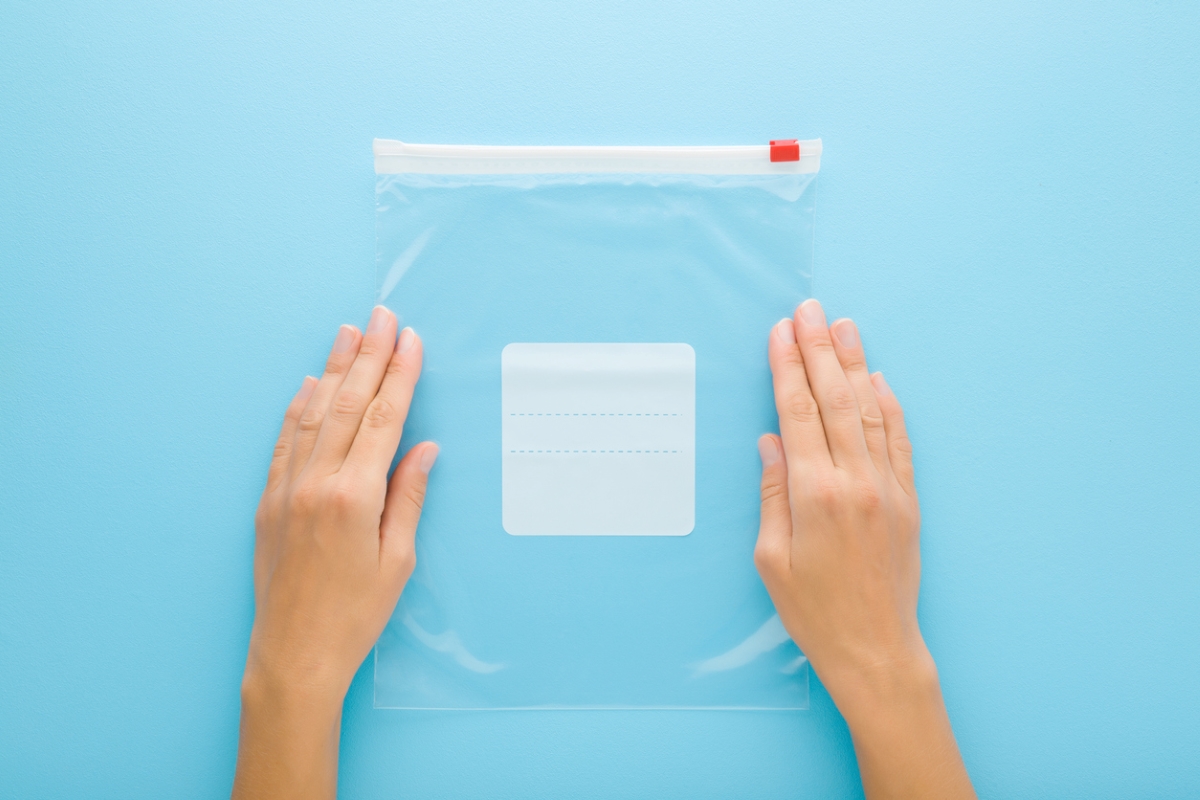

We may earn revenue from the products available on this page and participate in affiliate programs. Learn More ›
It’s been nearly 60 years since the invention of the Ziploc plastic storage bag, and our freezers, fridges, and even pantries are neater and more organized, thanks to the now-ubiquitous kitchen workhorse. While foil is fine and Saran Wrap has superpowers of its own, in our view Ziploc bags outshine other handy kitchen storage helpers, largely due to the sheer variety of useful applications.
You might think you’ve employed Ziplocs every which way possible, but we bet we’ve discovered a few ways to use them that you haven’t yet tried.
1. Office Organizer
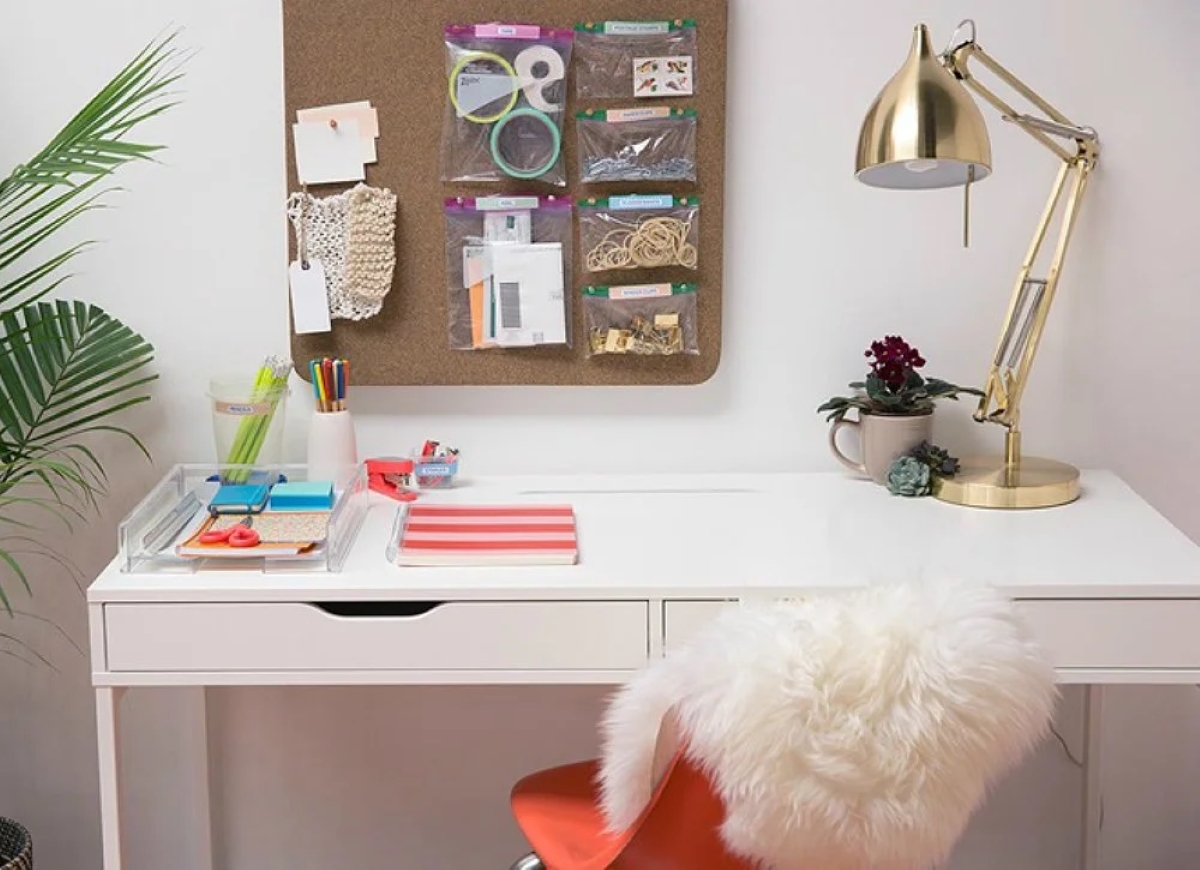
Stray rubber bands, paper clips, postage stamps, pens, and pencils can make any desk drawer seem like a battle zone of warring clutter. Assign each item its own appropriately sized Ziploc bag, and presto: no more desk mess. If you’re really pressed for space, use sturdy tacks to affix each bag to a corkboard, so all your office supplies are at your fingertips without wasting valuable drawer space. This nail-Ziplocs-to-a-board trick also works for small screws, nails, nuts, or bolts that are easily misplaced in the workshop.
2. Paint Brush Saver

It is frustrating to be in the middle of a painting project when something comes up that pulls you away. Don’t worry about washing your paint-covered roller or brush before rushing out the door. Instead, place it in a Ziploc bag, squeeze out all the air, and stash it in the freezer. When you’re ready to pick up where you left off painting, simply take the package out and let the brush thaw for about 15 minutes. Not only will this save you time with messy cleanup, it will also conserve paint, maybe saving you a few hard-earned dollars in the long run.
3. Scented Sachets
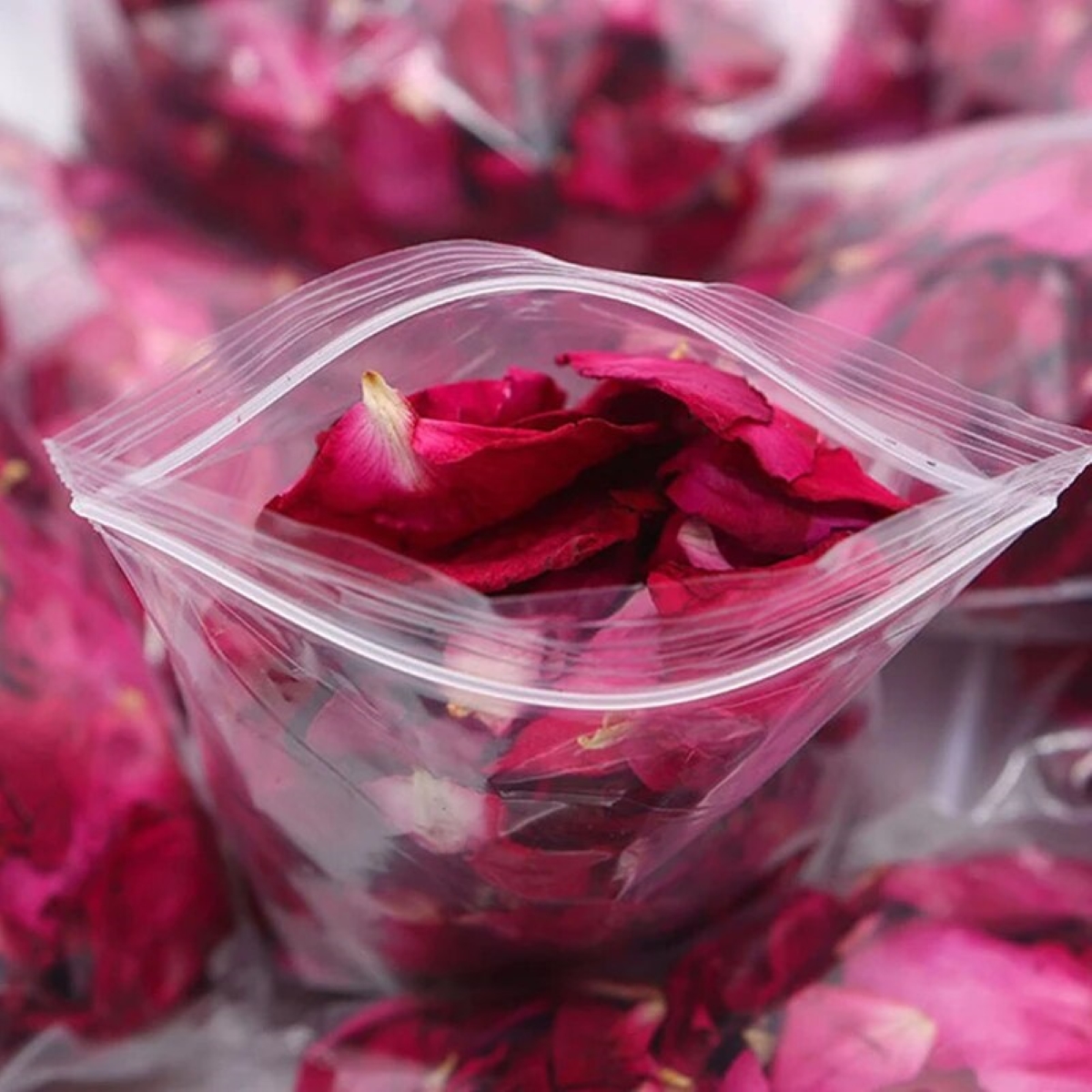
There’s no need for frilly, store-bought scented drawer liners, particularly if you’re stashing them where no one can see them. Make your own disposable scented sachets by filling a Ziploc bag with a homemade potpourri made of ingredients such as dried rose petals or lavender buds. Poke a bunch of tiny holes in the bag with a sewing needle, and place the sachet in your drawers to infuse your clothes with a delicious scent.
4. Cord Organizer
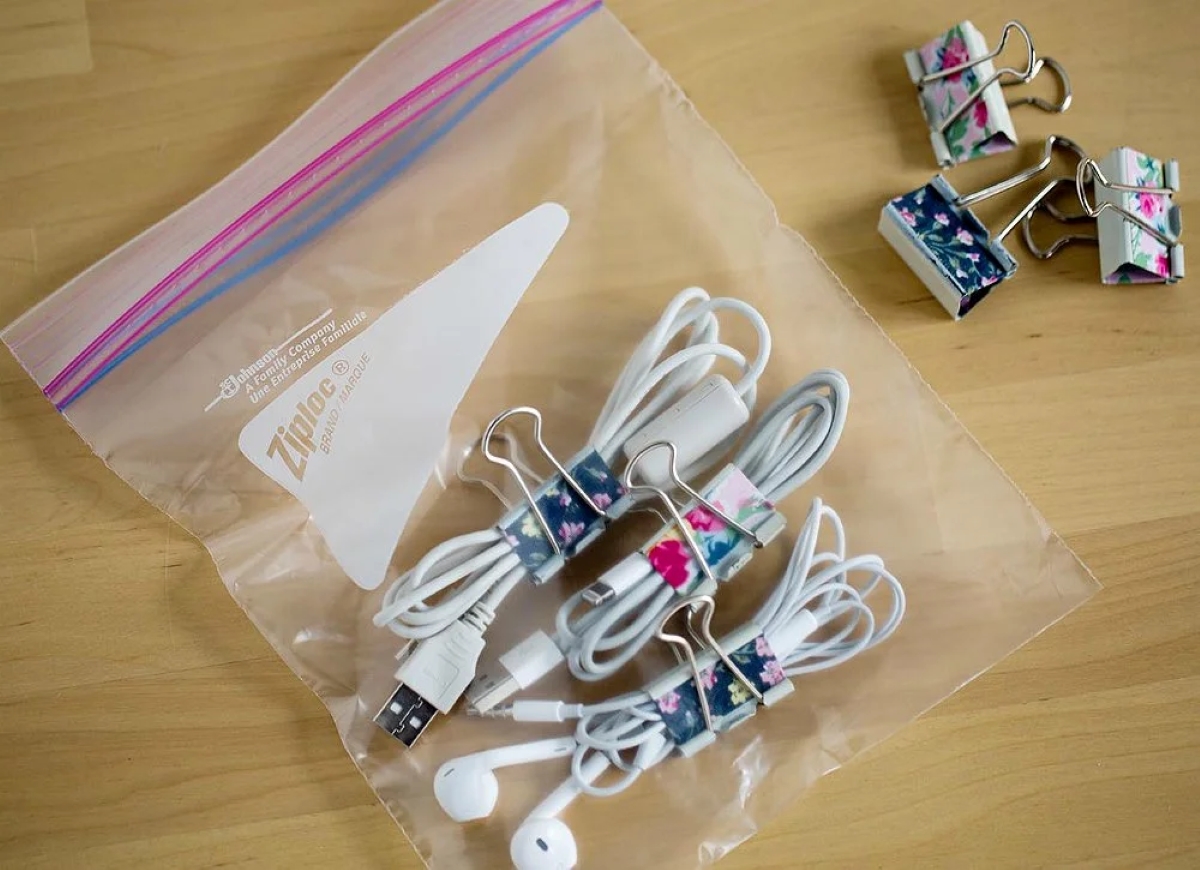
Today’s wired world requires a seemingly infinite variety of chargers, plugs, and cords. Keep all those cords organized by coiling them carefully and securing them with binder clips or twist ties. Place them in a Ziploc bag along with any related plugs or chargers and then label the outside of the bag with a permanent marker—”extra cell phone charger,” “USB connectors,” and so on. You’ll be ready for the proper plug-in when you need it.
5. Car Oil Recycler
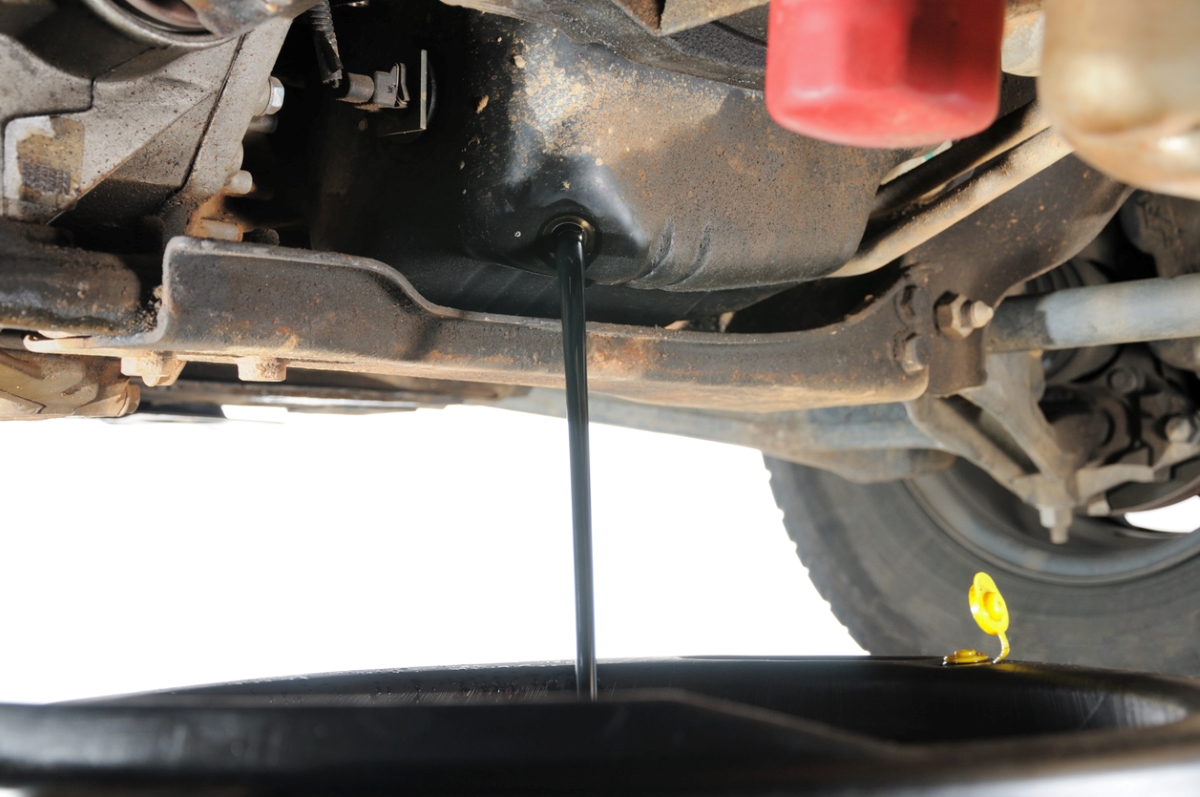
If you like to save money by changing your own motor oil, you’ve likely already pondered the issue of what to do with the used oil and oil filter when you’re finished. Because many filters may still be holding up to 8 ounces of oil when they’re changed, the most economical thing—and safest, as it’s illegal to toss these in the trash in some cities—is to place the filter in a Ziploc bag and bring it to a mechanic’s shop, where the extra oil can be extracted and properly recycled.
6. Caulk Line Helper
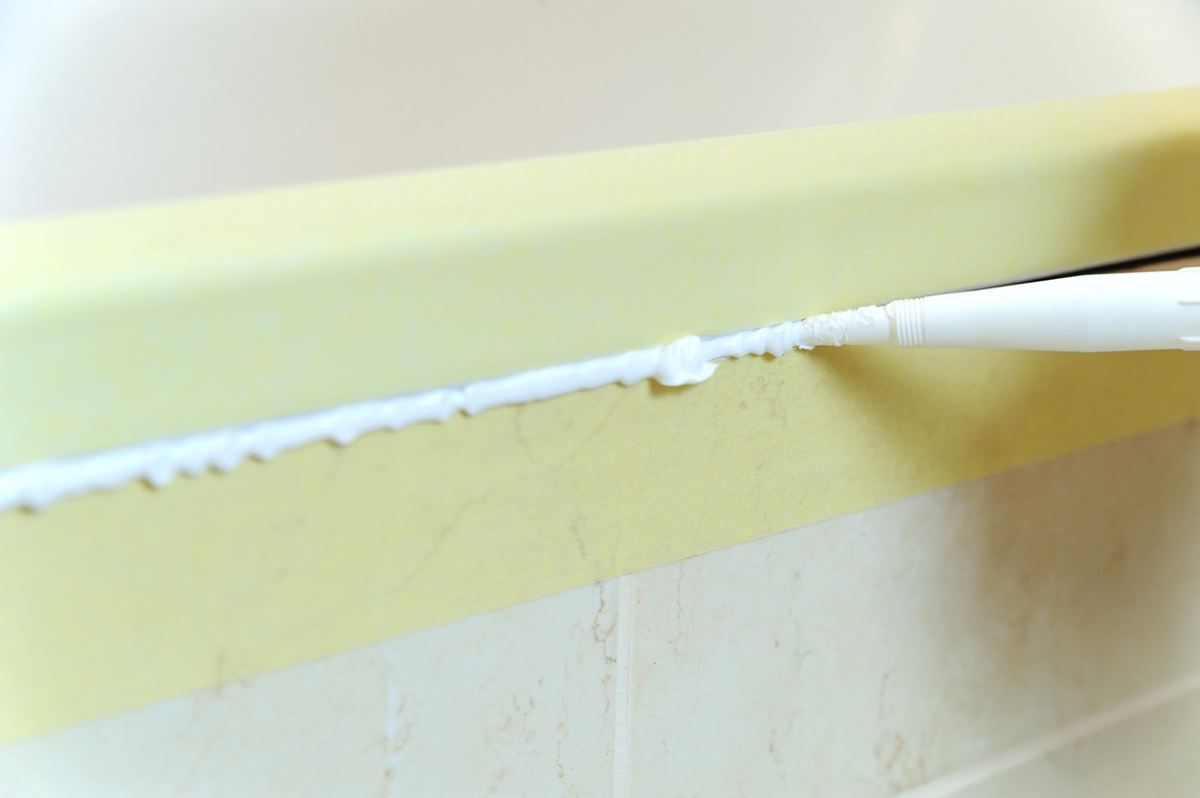
Caulking the bathroom can be a fairly messy project, especially if you use your fingers to smooth the bead once it’s in place. Get a pro-looking caulk line without getting your hands dirty by using a quart-size Ziploc bag as a smoothing tool: Stick your hand inside the bag, and moisten the outside. Use the tip of your index finger to smooth the caulk, then wipe off any excess.
7. Recipe Rescuer
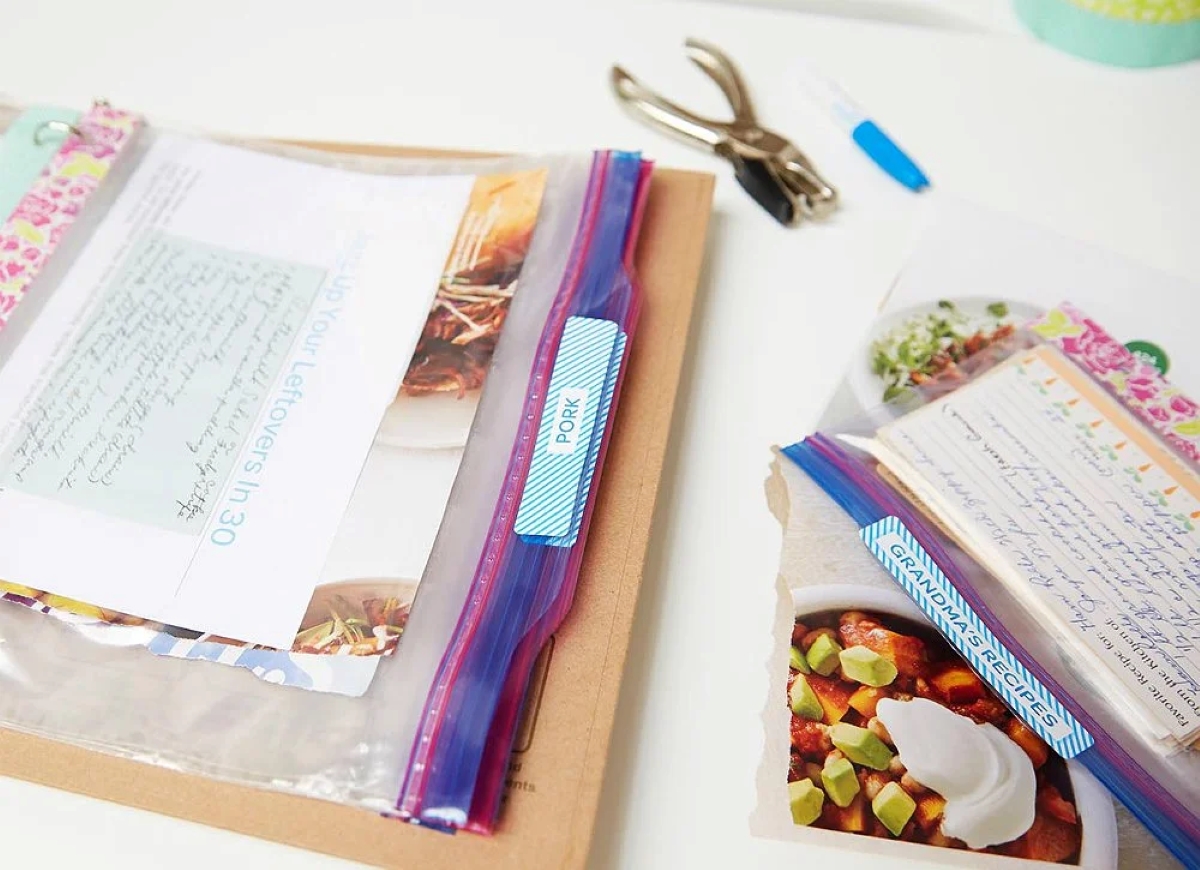
If your favorite recipe cards are starting to show a little wear and tear, use a sandwich-size Ziploc bag to protect them from spills and splatters. Those of us who print recipes from websites should opt instead for gallon-size bags, which are big enough to hold 8½-x-11-inch sheets.
If you’re the eco-techy type who bookmarks their online recipe finds rather than printing them, place your tablet or phone in a Ziploc bag to protect it while you cook—yes, the touch screen will still work through the plastic.
8. Ice Block Maker
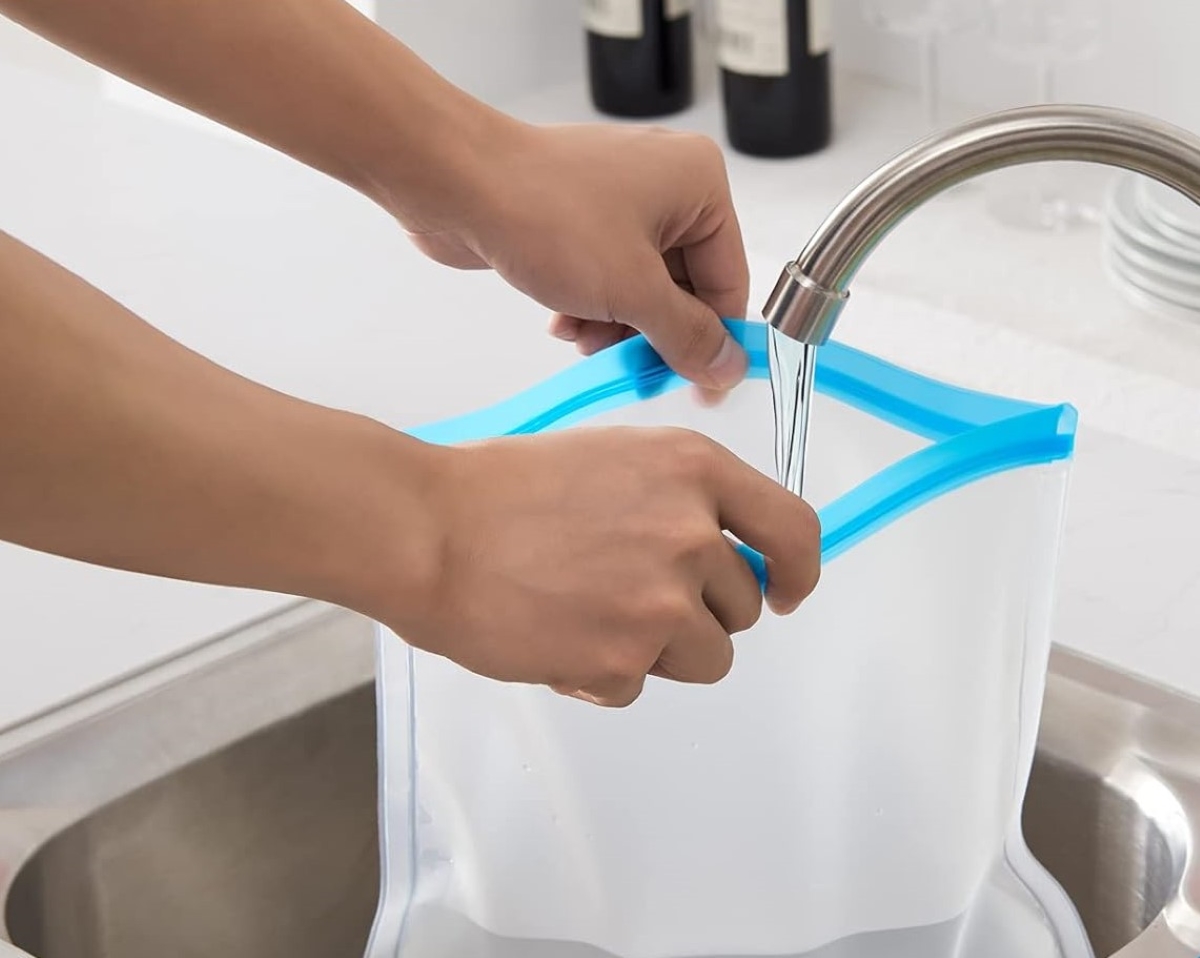
Need a block of ice for a party, or for filling a cooler for a road trip? Pour water into a 1- or 2-gallon Ziploc bag until it’s about two-thirds full, and place it in the freezer to create a solid block of ice that will last longer than cubes (and certainly be less of a watery mess). Don’t fill the bag to the top—you need to leave room for the water to expand as it freezes.
9. Frosting Piper
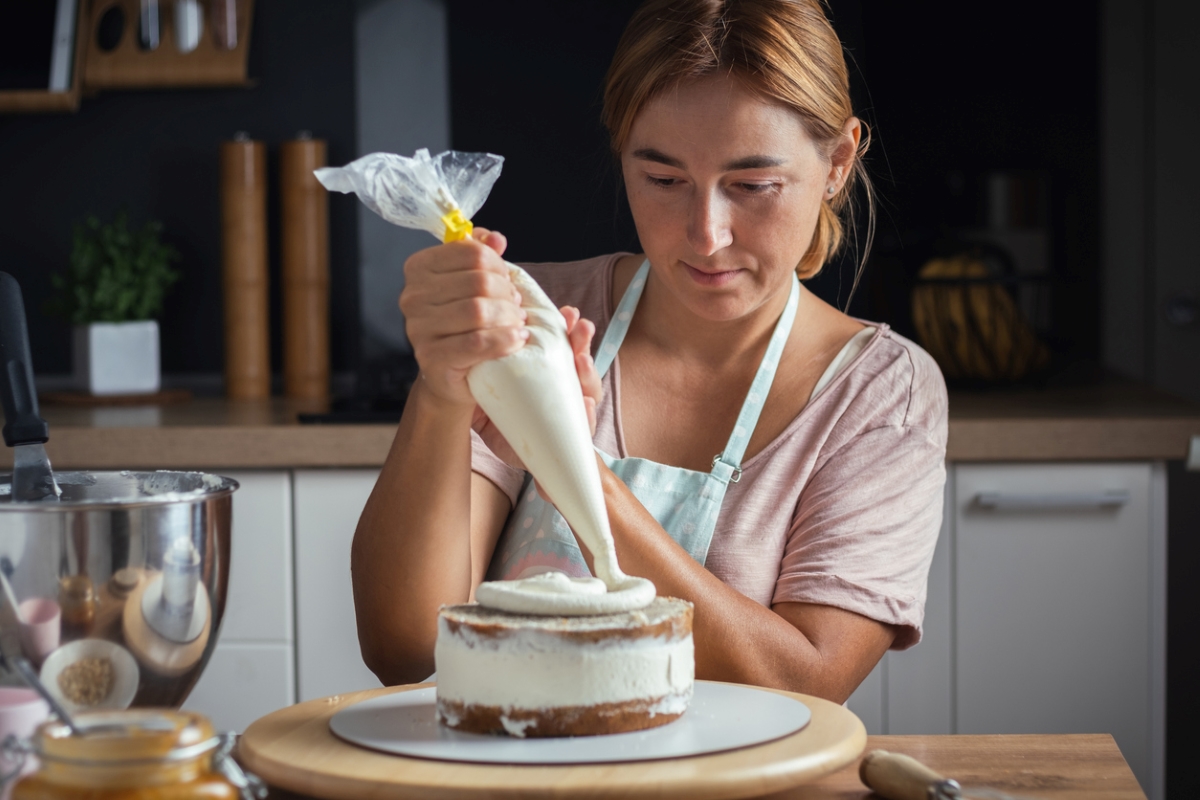
Making cupcakes for your kid’s birthday party? A Ziploc bag is a great impromptu piping bag for frosting cakes and cupcakes. Fill the baggie about halfway full with icing, and twist the top to force the frosting into one corner. Snip off the corner of the bag, and then use gentle, steady pressure to pipe the frosting.
Ziploc bags have other handy uses while cooking: Use a Ziploc bag to knead bread dough so your fingers don’t get sticky, or as a DIY funnel to cleanly transfer salt, water, rice, and more from one container to another.
10. Shower Head Cleaner
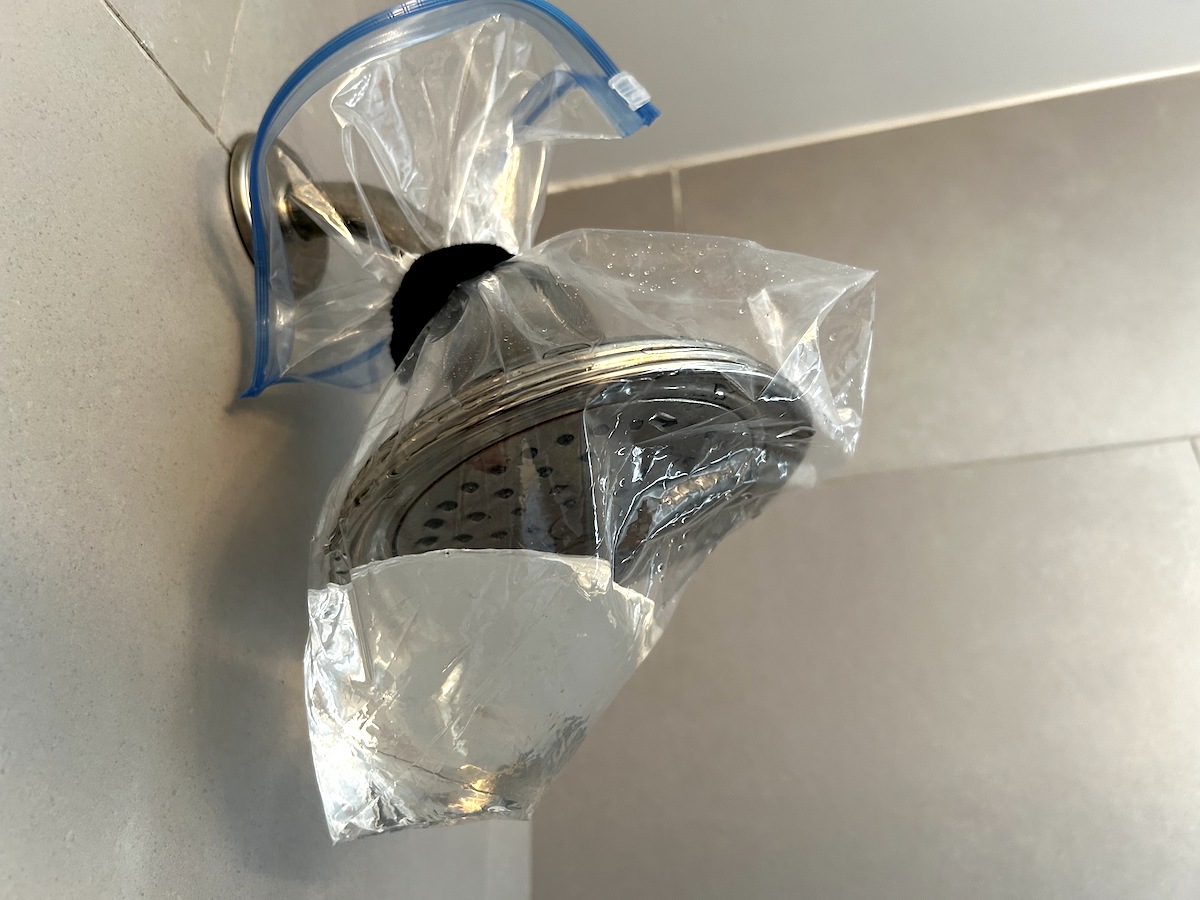
Is the water from your shower head sputtering these days? Don’t blame your water pressure; the holes are probably clogged with limescale. Clear the pipes by using a Ziploc bag as a DIY descaling solution: Fill a bag about halfway with white vinegar, and place it over the entire shower head; secure with rubber bands, string, or even a scrunchie. Keep the bag on overnight, and then rinse clean for like-new results.
11. Travel Organizer
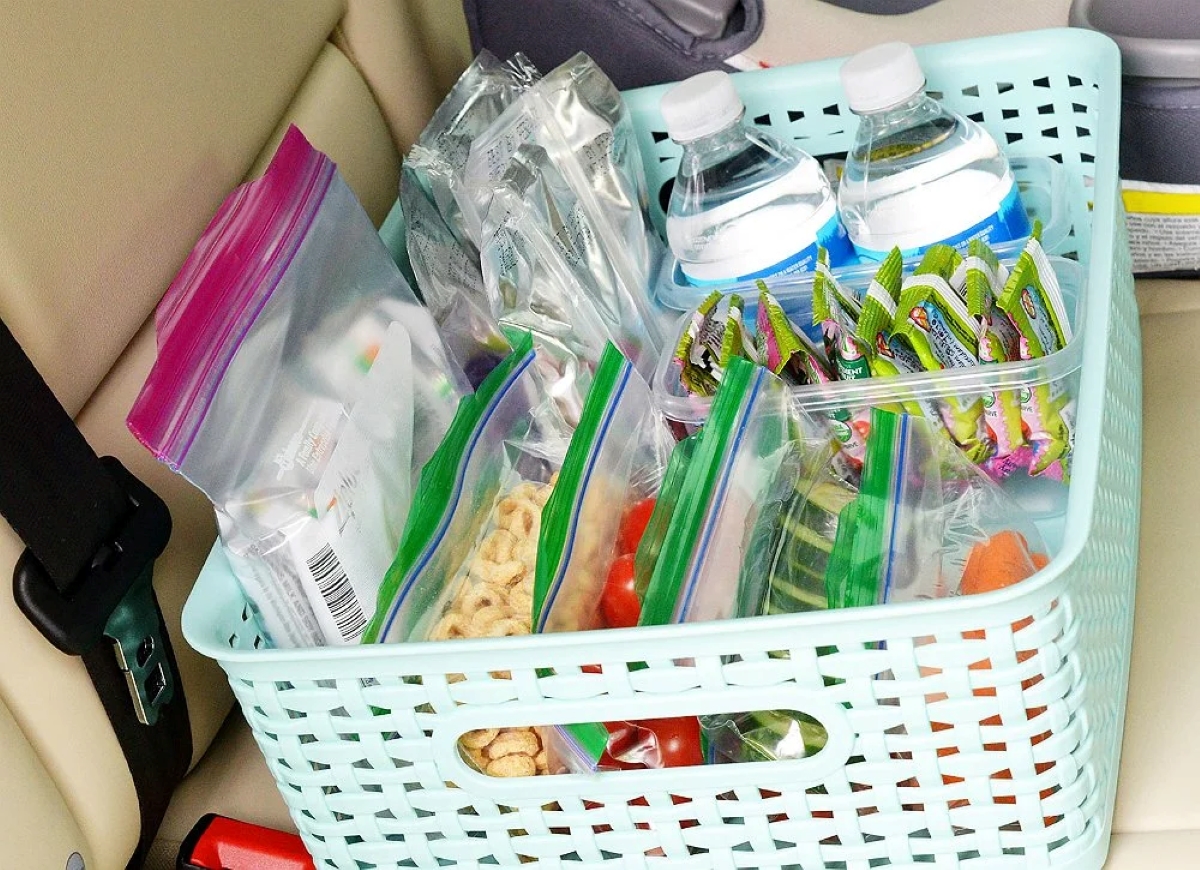
Sure, everyone knows to pack carry-on toiletries in quart-size Ziploc bags to get through airport security, but you can also use larger bags to keep snacks, medicines, and full-size shampoos and conditioners from leaking into your luggage. When we travel, we like to stash a few big Ziplocs to contain wet swimsuits, dirty clothes, or muddy sneakers on the trip back home.
12. Make Less Mess When Making Homemade Tortillas
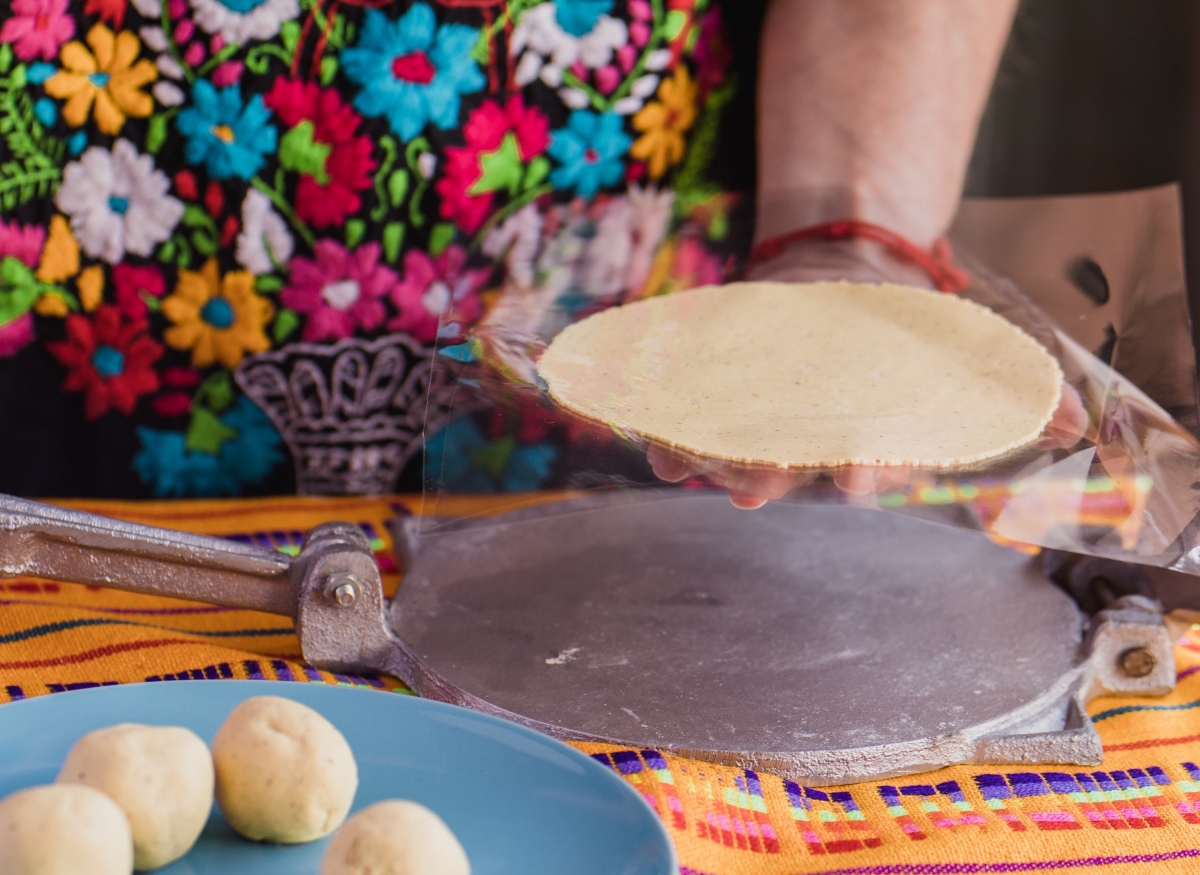
Store-bought tortillas can’t hold a candle to homemade, and homemade tortillas are easier to make from scratch than you might imagine. Make dinner easier by using a gallon-size Ziploc along with a cast-iron tortilla press. First, trim off the top of the bag, just under the slider or seal. Then cut it along each side, so that it can unfold into a rectangle.
Position one half of the Ziploc on the bottom of the press and the other on the top plate, sandwiching the masa dough placed between the plastic layers. If your masa is properly hydrated (but not too wet!), it will release easily from the bag. When you’re done making tortillas, fold the Ziploc bag once or twice and simply store it inside the press, ready for your next batch.
13. First-Aid Ice Pack
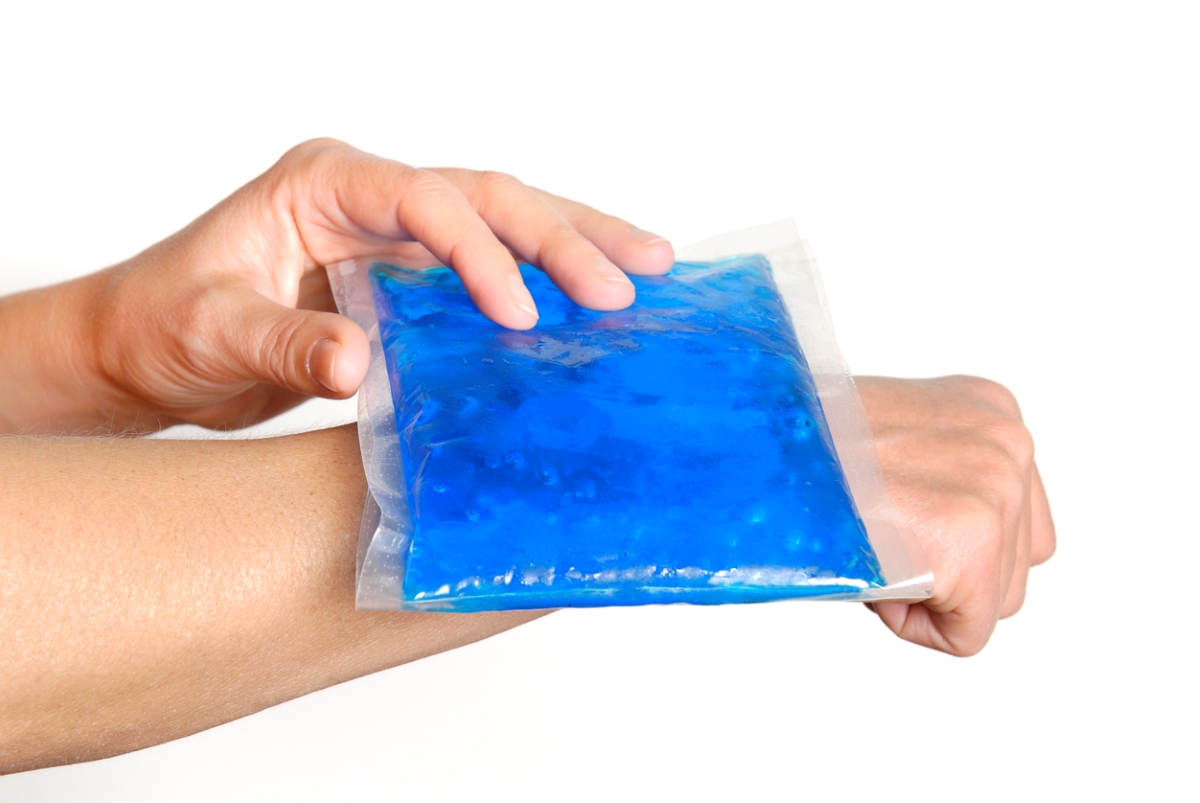
By now, most folks know that a bag of frozen peas can be pressed into service as an ice pack, but we know an even better (and potentially less embarrassing) first aid hack: Instead of using veggies or just throwing some ice cubes into a plastic freezer bag (which can be difficult to apply to certain areas of the body), make your own squishable, squashable, moldable cold pack.
Using common household items like rubbing alcohol and dish soap—there are a few different DIY ice pack “recipes,” so it’s likely you have the supplies for at least one variety—stock the freezer with several ice packs, ready for future sprained ankles and sore backs.
14. Concrete Paver Makers
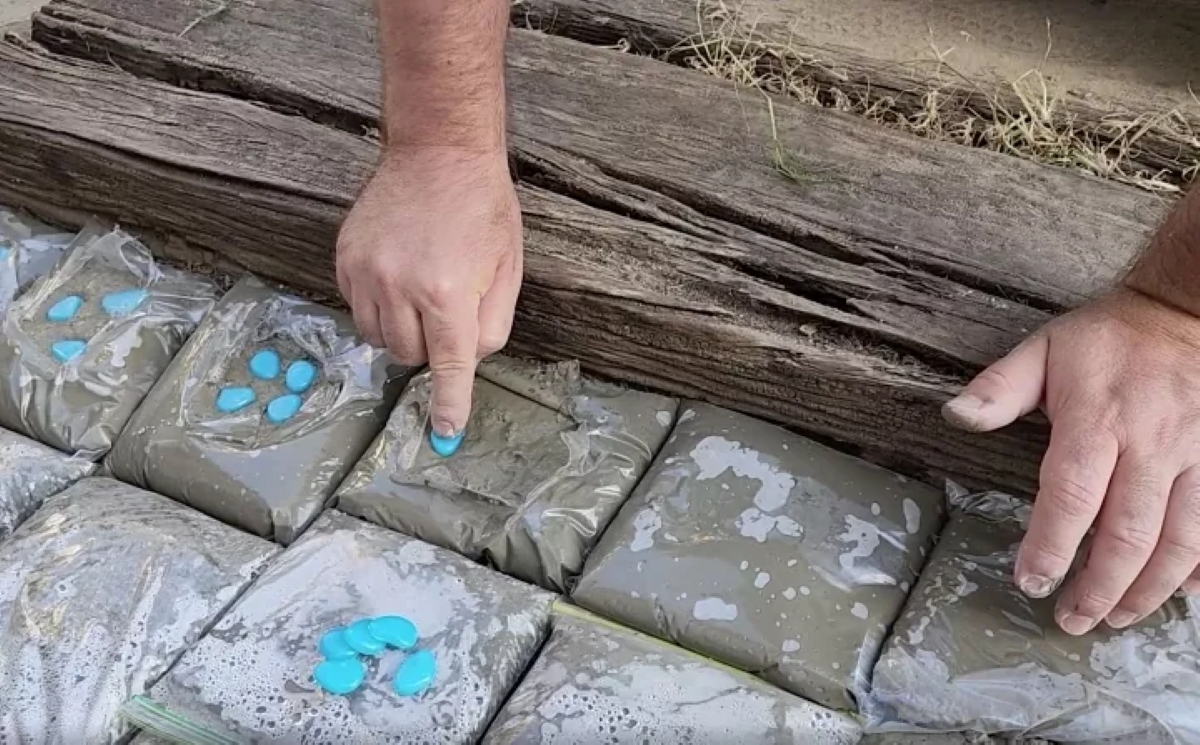
One of the most clever uses for sealable plastic bags we’ve seen is as makeshift molds for DIY concrete pavers. Create irregular-shaped but flat-topped faux ”stones” that cure in place by filling Ziplocs with cement, then arranging side by side wherever you want to build a pathway or small patio. (Don’t worry about making the baggies line up precisely; you’ll fill in the gaps later.) As the concrete dries, you’ll be able to cut open the plastic on top to add decorative rocks, pebbles, or even glow-in-the-dark stones (and then to remove the bags). Experimenting with colored cement is another possibility, but the best part of the project might just be telling guests how this unique paving solution came to be.
15. Food Crusher
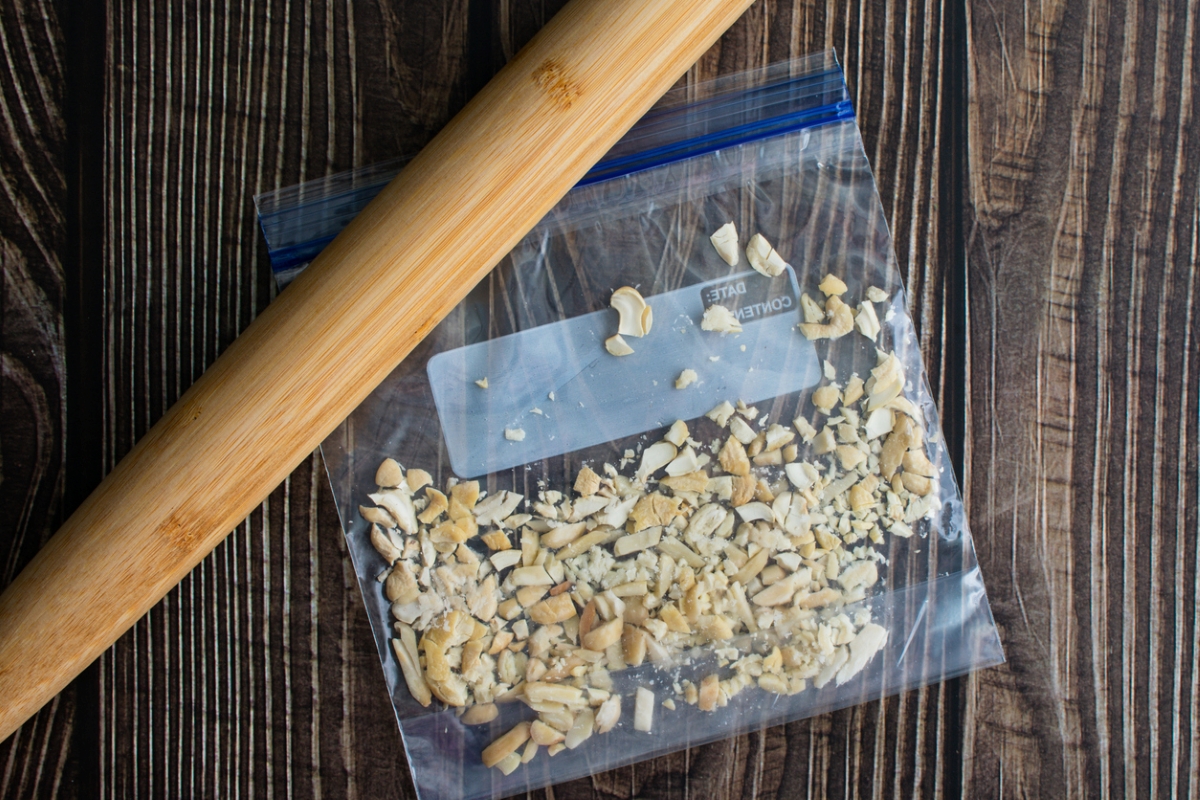
You’ll be crushing it in the kitchen—literally—with Ziploc bags. If a recipe calls for chopped nuts, graham crackers, cornflakes, or potato chips, place the required amount in a gallon-size Ziploc, seal it up tight, and give it what-for with your rolling pin or meat mallet. The transparent Ziploc bag makes it easy to see when the contents have been sufficiently obliterated.
16. Device Protector
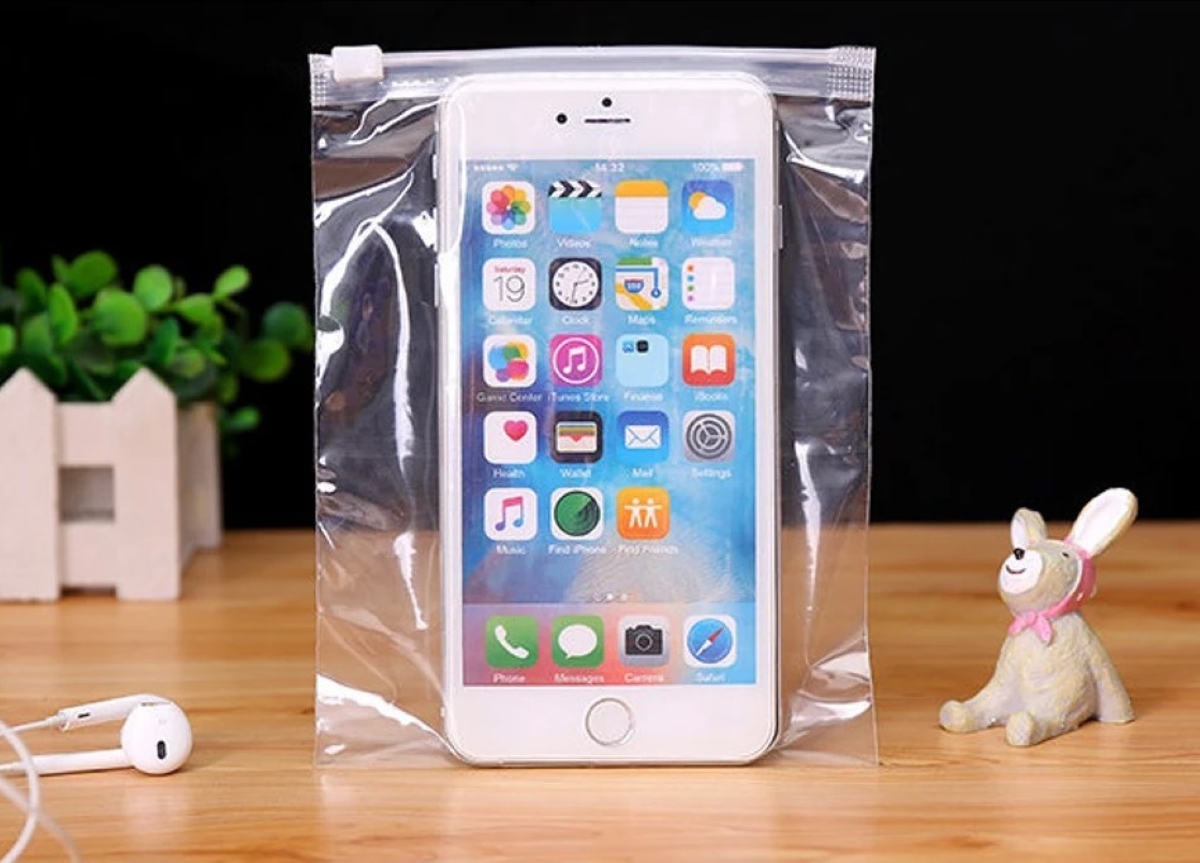
Did you know that you can touch, tap, swipe, and scroll on a device’s screen through a plastic bag? This opens up a wealth of possibilities for your phone or tablet: Tuck it away in a large Ziploc and take it to the beach or pool. Sit and surf in a Jacuzzi. Affix your protected device to the shower wall using velcro Command strips.
Even though it’s not a wet environment, the Ziploc-ed phone hack is one that’s for frequent flyers (or rail riders). Tuck the bag’s top edge, just below the seal, into your tray table when it’s in the “upright and locked” position, then use the lock to secure it. Voila—a screen that you can use even during takeoff and landing.
17. Plant Waterer
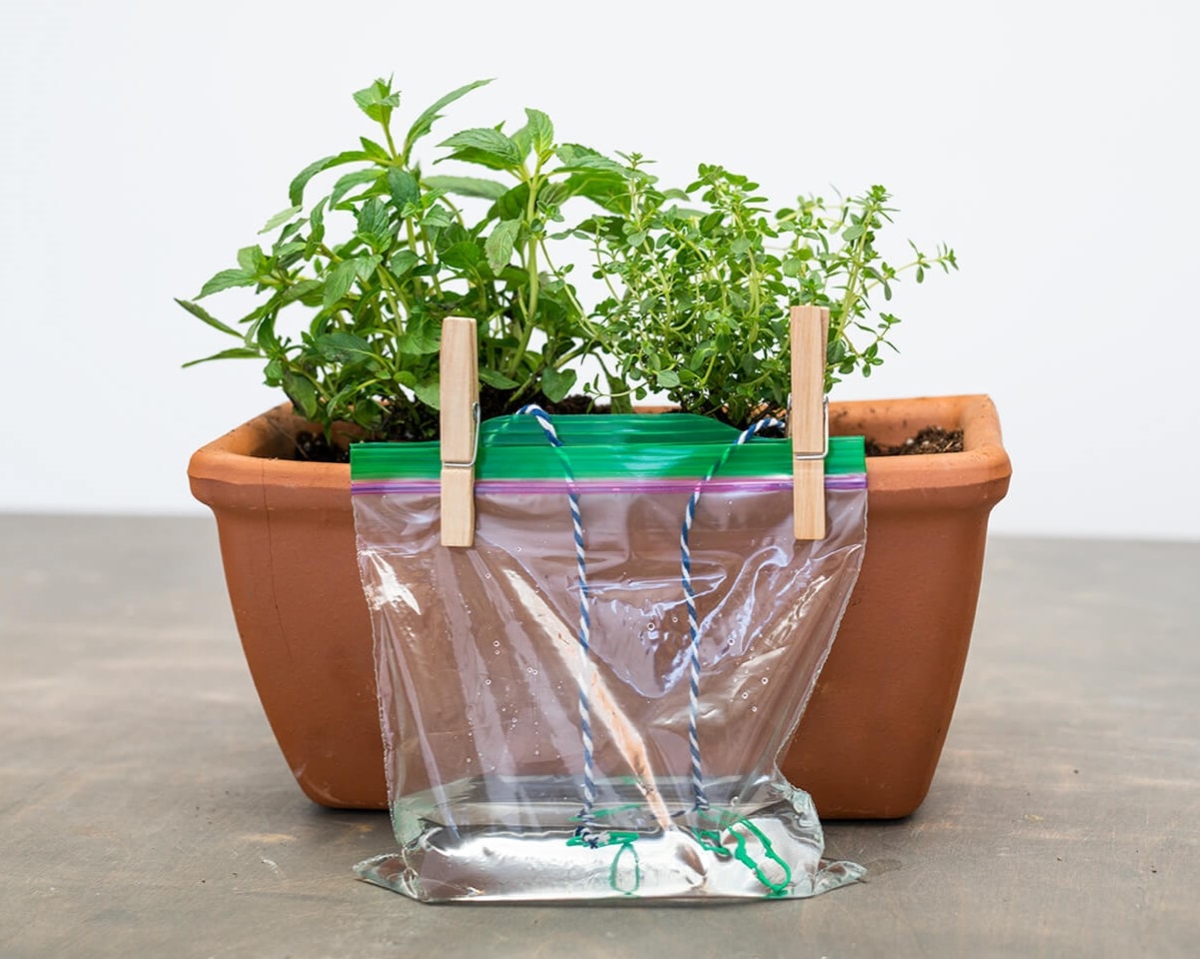
The next time you travel for work or embark on a well-earned vacation, there’s no need to buy expensive gizmos (or worse, pay someone) to water your plants. Instead, use plastic bags and a string—plus the scientific process of capillary action—to keep your figs, ferns, and other indoor flora happily hydrated.
18. Bug Controller
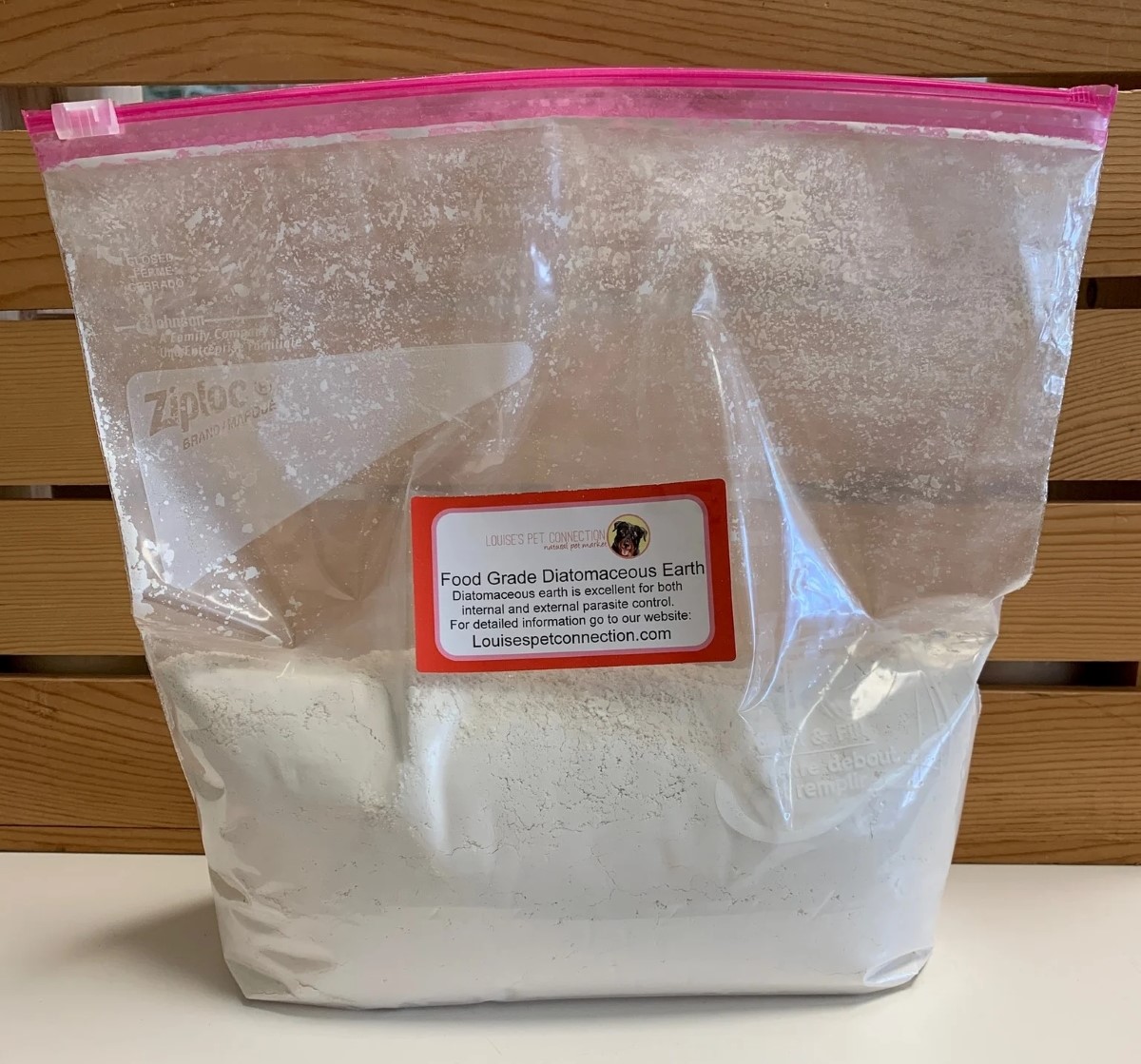
Savvy homeowners know that diatomaceous earth is a super-handy substance to have around, since it can be used as a stain remover, household cleaner, deodorizer, and pesticide that kills indoor and outdoor creepy-crawlies. The problem is that it can be hard to apply this fine powder in the cracks and crannies where it’s needed. And unless you’re using the food-safe variety of diatomaceous earth, it’s important to not accidentally inhale or otherwise ingest this stuff.
For a quick fix, fill a Ziploc bag halfway with the diatomaceous earth, seal, and snip a tiny hole in one corner of the bag. Use it as an applicator to dust along baseboards, exterior door thresholds, or other places pests might be lurking.
19. Packing Protector
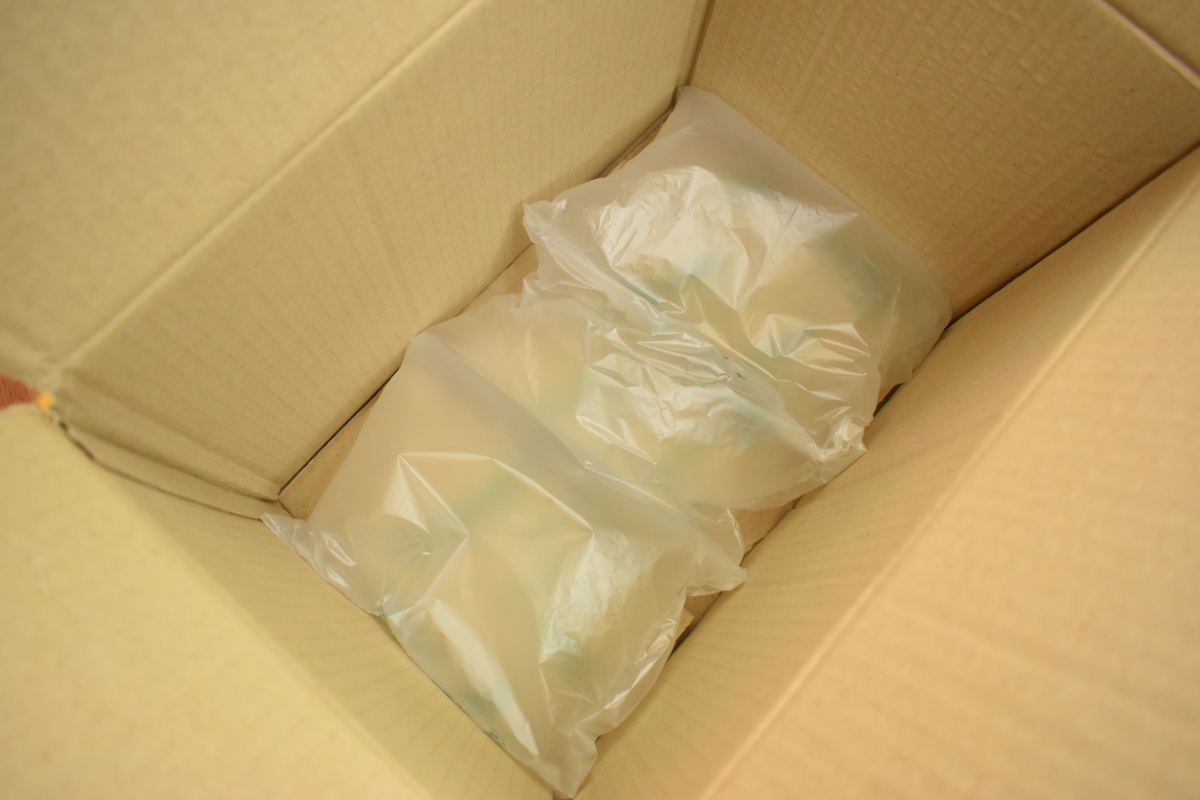
Ever receive a package from Amazon that arrived in a box way bigger than was necessary, surrounded by those air-filled plastic bubbles? These plastic things are called “void fill,” and the next time you need to ship something semi-fragile, make your own from baggies. Zip the bag almost all the way shut, use a straw to blow enough air into it to make a taut, sturdy bubble, then zip the remainder as you quickly pull the straw out. Fold the top over and secure it with a strip of duct tape or packing tape.
20. Bags as Bug Barriers
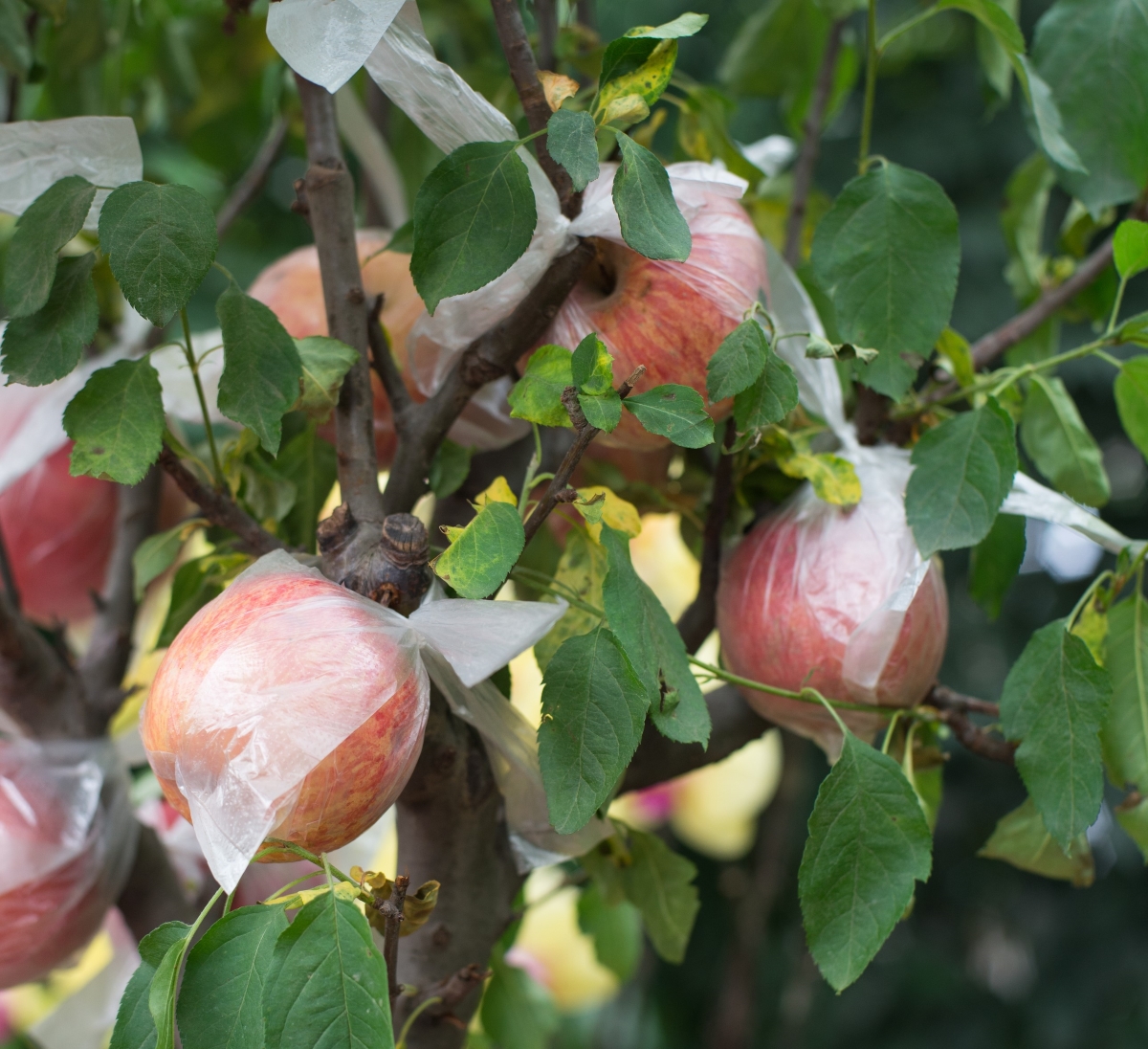
In the orchard, a box of quart-sized Ziplocs is an easy, inexpensive, and pesticide-free way to grow beautiful apples and pears. You’ll want to cull budding fruit clusters, keeping only the largest, prettiest specimen. Place each inside one plastic bag, stem centered, and zip until almost shut. Anchor the closure with staples, avoiding the apple and leaves, and then cut a ½-inch slit in the bag’s bottom corner to allow for condensation to escape. Come harvest time, you’ll be amazed at your perfect, aesthetically pleasing pears and apples.
